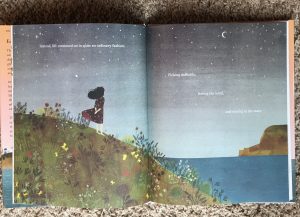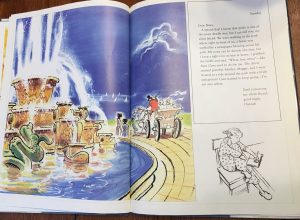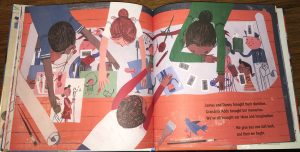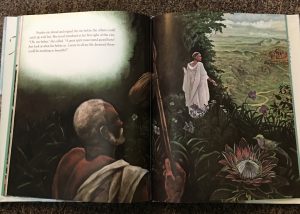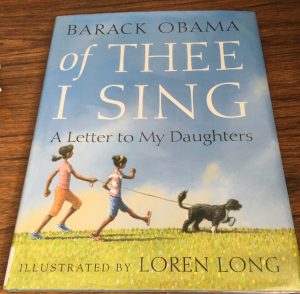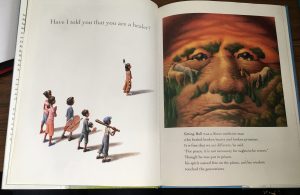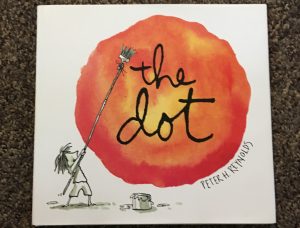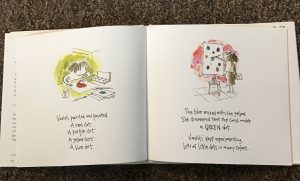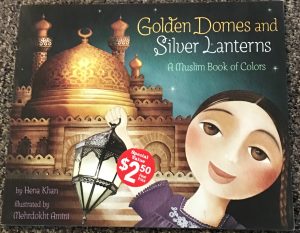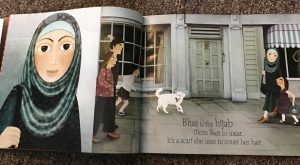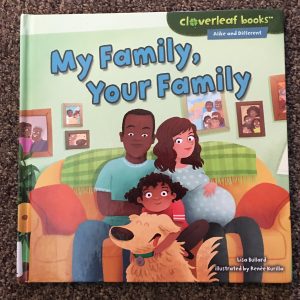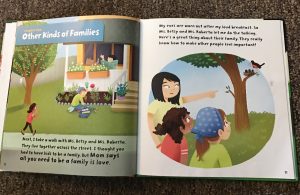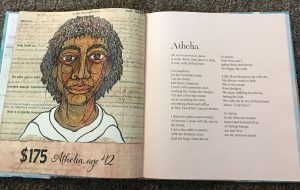Title: The Dress and the Girl
Author(s): Camille Andros
Illustrator/Photographer: Julie Morstad
Publisher and Year: Abrams Books for Young Readers 2018
Number of pages: 33
Tags/Themes: Allison Henry, Adventure, Historical Fiction, Friendship, Picture Book, Social Science
Genre: Historical Fiction
Descriptive Annotation: The Dress and the Girl is the story of the adventures of a little girl and her dress. At the beginning of the story, they are at their home in Greece. But one day, the girl and the dress board a boat destined for America. When they arrive in America, the dress is folded up in a trunk. The dress searches the globe for the girl, and they are finally reunited in a store many years later. There are no special features in this book and students would need little background knowledge to understand the text.
Classroom Application: This book could be used in a social science lesson on immigration, specifically immigration to the United States. This cute story about a girl and her dress could be used to show students how immigrants to the united states had to give up their home culture (the dress) when they got to the new country, in order to fit in better. Students could look into the immigration process of America. They could also choose a different country and compare and contrast it with America.
Linguistic and Cultural Diversity Analysis: This book is about a Greek girl and her dress immigrating to America. The story shows similarities between Greece and America, but it also shows the differences. It shows the hope that immigrants have when they leave their home for a better life. In the beginning of the story, it says, “But they longed for the extraordinary. Something singular, stunning, or sensational.” When they arrived at America, it says, “They wondered if now was the time for something singular, stunning, or sensational. For something extraordinary.”

